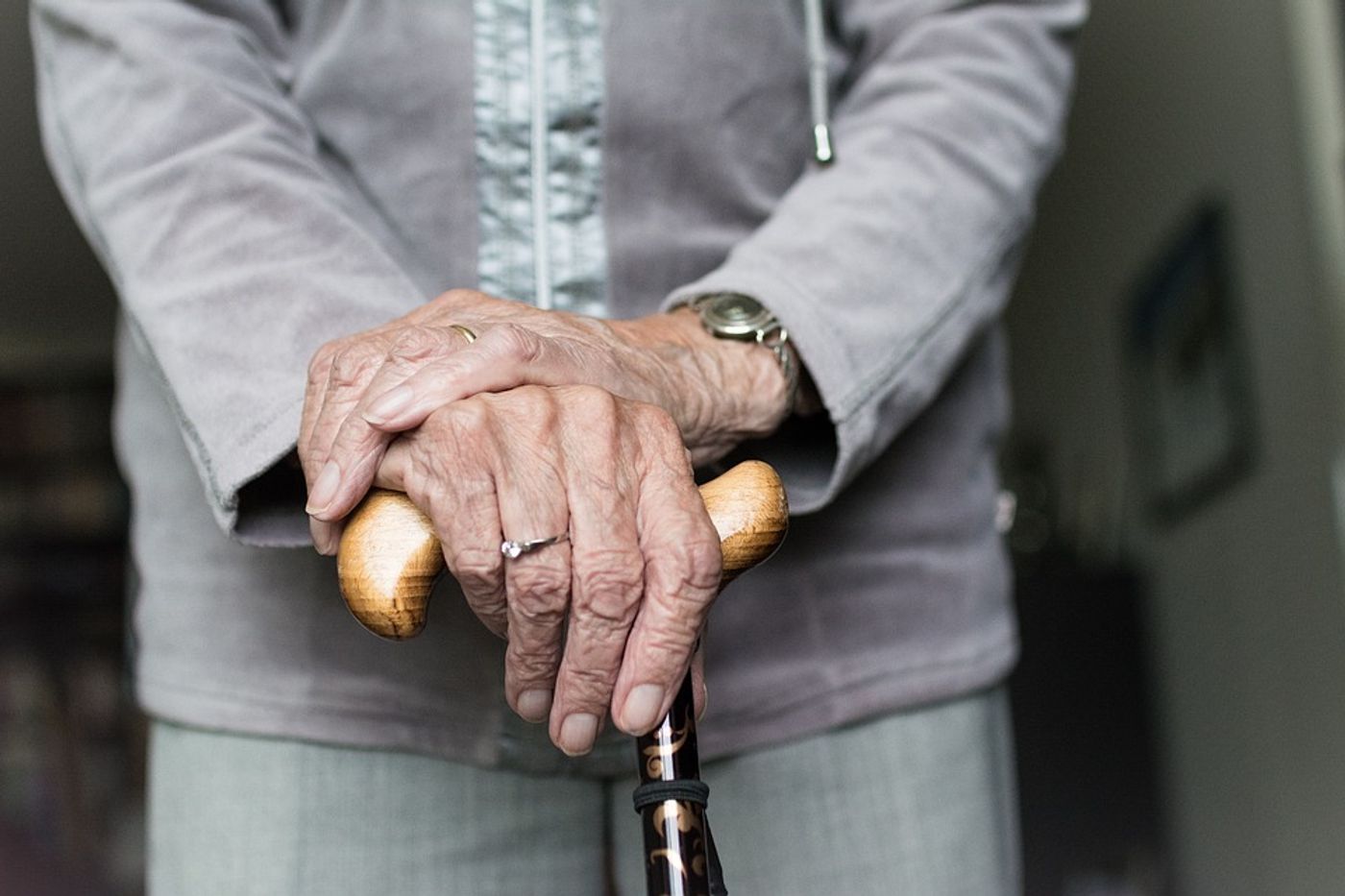Understanding Peripheral Artery Disease
According to the American Heart Association (AHA), peripheral artery disease (PAD) is the narrowing of the arteries in the legs, stomach, arms, and head. Sometimes called peripheral vascular disease (PVD), this disease typically affects the arteries in the pelvis and legs.
PAD is caused by the buildup of fatty deposits, or plaque, in the arteries. Although many people with PAD have little or no symptoms, some experience pain in the legs as they walk. This pain generally subsides when the patient stops walking. The nature of the symptoms can make it difficult to know if you have PAD, so it’s good to be aware of the other potential symptoms.
The most common symptom is called “claudication” and refers to cramping in the hips, thighs, or calves while walking. Other symptoms of severe PAD include leg pain that starts with exercise and then does not subside at rest, wounds to the foot or toes that heal very slowly, dead tissue on the foot, a foot or lower leg that is noticeably colder than the rest of the body, poor nail or hair growth on the legs and erectile dysfunction.
In addition to knowing the symptoms, one should be aware of the risk factors. Those most at risk for PAD are smokers, those with diabetes, persons who are obese or overweight, those with high cholesterol, those with high blood pressure, and persons with sedentary lifestyles.
Being diagnosed with PAD requires a medical history and physical exam. Doctors may perform what is called an ankle-brachial index or ABI, a noninvasive test that compares the blood pressure in your ankle with the blood pressure in your arms. Other tests might include a doppler ultrasound, an MRA, a CTA, or a peripheral angiogram.
Treatment for PAD generally includes lifestyle changes, medications, or both. Lifestyle changes recommended for those with PAD include quitting smoking, controlling diabetes, controlling blood pressure, engaging in a supervised exercise program, and eating a diet low in trans and saturated fat. In the case that PAD does require drug treatment, patients are generally prescribed antiplatelet agents like a baby-aspirin to prevent blood clots, cholesterol-lowering medications called statins or high blood pressure medicine.
Occasionally drug treatment and lifestyle changes are not enough, and some patients may need to undergo surgery. The recommended operation, an angioplasty, is performed by making a small incision through which a catheter is inserted to reach a blocked artery. A tiny balloon is then inflated inside the artery to open a clogged area. Sometimes an angioplasty is done with the placement of a stent which is a tiny wire mesh cylinder. A stent acts as structural support for the artery, keeping it open.
Another surgical option is bypass surgery. During a bypass, a vein from another portion of the body or synthetic blood vessel is attached to an artery on either side of a clot to detour blood around the blockage.
The above video, from the American Heart Association, goes into detail about PAD and how to recognize if you may be experiencing symptoms.
Sources: American Heart Association












